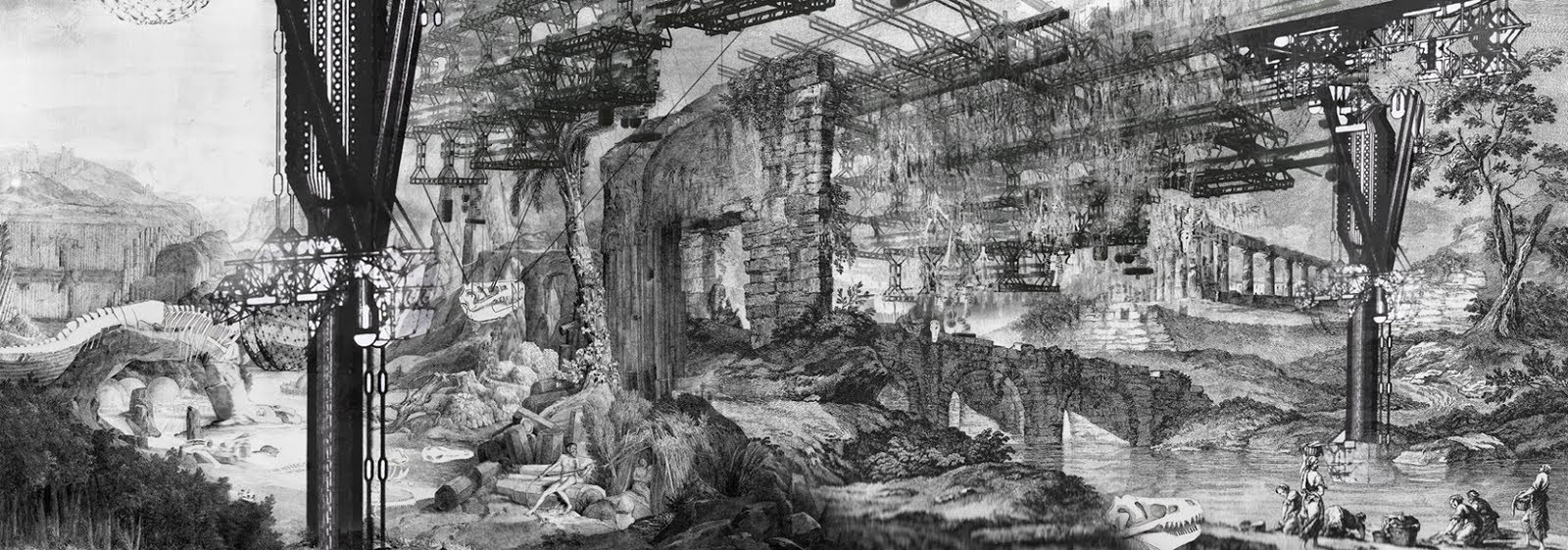The first time a road was paved was in Egypt sometime around 2600 and 2200 BC. Since then they have played a central part in civilization. However, this current decade is witnessing a major milestone for this form of public infrastructure. Going are the days when the road was a passive tool, something that we operate on. Soon, roads will be something we operate with.
The degree to which road have aided society and changed history and geography is almost immeasurable and is not the main subject of this post - how we are making them better is.
The annual cost of traffic congestion to the US economy is estimated to be in excess of $100 billion. That's almost as much as the GDP of Morocco. On top of this, in the US more than 40,000 people are killed in road traffic accidents annually and 5 million are injured. This is in a country that is not dealing with the rapid urbanisation that is being experienced in the developing world.
Evidently then there is huge scope for improvement for the operation of road infrastructure systems. Computational technology can help us solve this problem. We can create and deploy technology at a range of spatial and temporal scales to drastically improve the capacity of existing infrastructure through improvements to its operational efficiency. In doing this we can reduce the burden on the environment and energy sources. We can also make the roads safer.
Lots of cities the world over are employing systems of this type. The market leader in implementing them is IBM which has or is building them in lots of cities and countries including in Dublin, Boston, Vietnam, the Ivory Coast and Los Angeles. As well as this lots of companies are now developing systems and programs to allow individuals to directly access and contribute data for this. One such company is Waze, bought by Google in June for $1.3 billion.
One of the first adopters of an integrated, real-time traffic coordination system was the U.S.. In 1991 Congress launched their Intelligent Transportation Systems (ITS) program to consolidate information, and automate highway technology. It consists of an extensive network of sensors and communication devices lining the roads. Interestingly this system was initially developed well before the internet took off. Today vehicles too communicate information to the network. With this information the system spews out pre-emptive signalling control and electronic route guidance. As this systems becomes increasingly advanced the highways are becoming essentially automated. Thus the roads will know their own operational status.
More recently Dublin have adopted a similar system. The council here commission the IBM road and traffic department to employ their system to assemble real-time data coming from a wide range of sources including road sensors, video camera and GPS updates from the city's 1000 buses. Naveen Lamba of IBM's Smarter Government team had this to say:
"A big part of our solution is the predictive element. You can influence the outcomes as opposed to reacting to what's happening out there".
This type of thing though is not restricted to the realms of developed countries and wealth city councils. Da Nang, a city in Vietnam, has just signed an agreement with IBM to intelligently manage its water and transportation infrastructure.
Da Nang is the country's biggest port and 4th largest city with a population of 890,000. It is also the area of the country's fastest growing urban sprawl. It provides a useful comparison to similar cities in neighbouring China that have experienced so much growth over the last decade. The contract with IBM is great evidence that the local council doesn't want to mirror that environmental impact urban growth has had in China. IBM is being paid to make sure the city turns into one of its smarter cities.
In both Dublin and Da Nang IBM's work is characterised by a deep integration of computational technology with the environment and the legacy infrastructure. A huge amount of software and a huge number of sensors are being embedded into public transport, roads and motorways. Using this information, computers can then optimise traffic flow and this minimise car congestion. Da Nang has only 100 buses but the council believes that by employing IBM's system and other effective management schemes this will be enough for its almost 1 million inhabitants.
The technology required to do all this is significant. The optimization problems needing to be solved pose great analytical challenges. Nevertheless, computers are getting more powerful, and most importantly cheaper, so councils and government of all shapes and sizes should be able to afford them. This should revolutionise public infrastructure.
Interestingly, very recent software and hardware advances integrated into the vehicles themselves have progressed to such an extent that they are now driving themselves better than they are by humans. The idea that a more advance version of autopilot would be developed is not a new idea but it is now becoming a reality. However, its interesting to compare all these developments with air traffic control. Despite all these huge advantage in technology a significant component of air traffic control is still done by human employees.
Famously too give computational technology in life-controlling situations has ended badly, video here.
This is a really interesting time for the development of these technologies in the context of climate change and the rapid urbanisation that much of the world is experiencing.
This is the first part of this post. In the second part (which hopefully I'll put up on Friday) I'll use real-time, publicly available data from the UK government's data.gov.uk website to plot real-time conditions of road in the British Isles. This data is derived from automated number plate recognition systems that track cars driving on the British road network.
Coming are these days......
As always, please leave comments, suggestions, questions etc.






